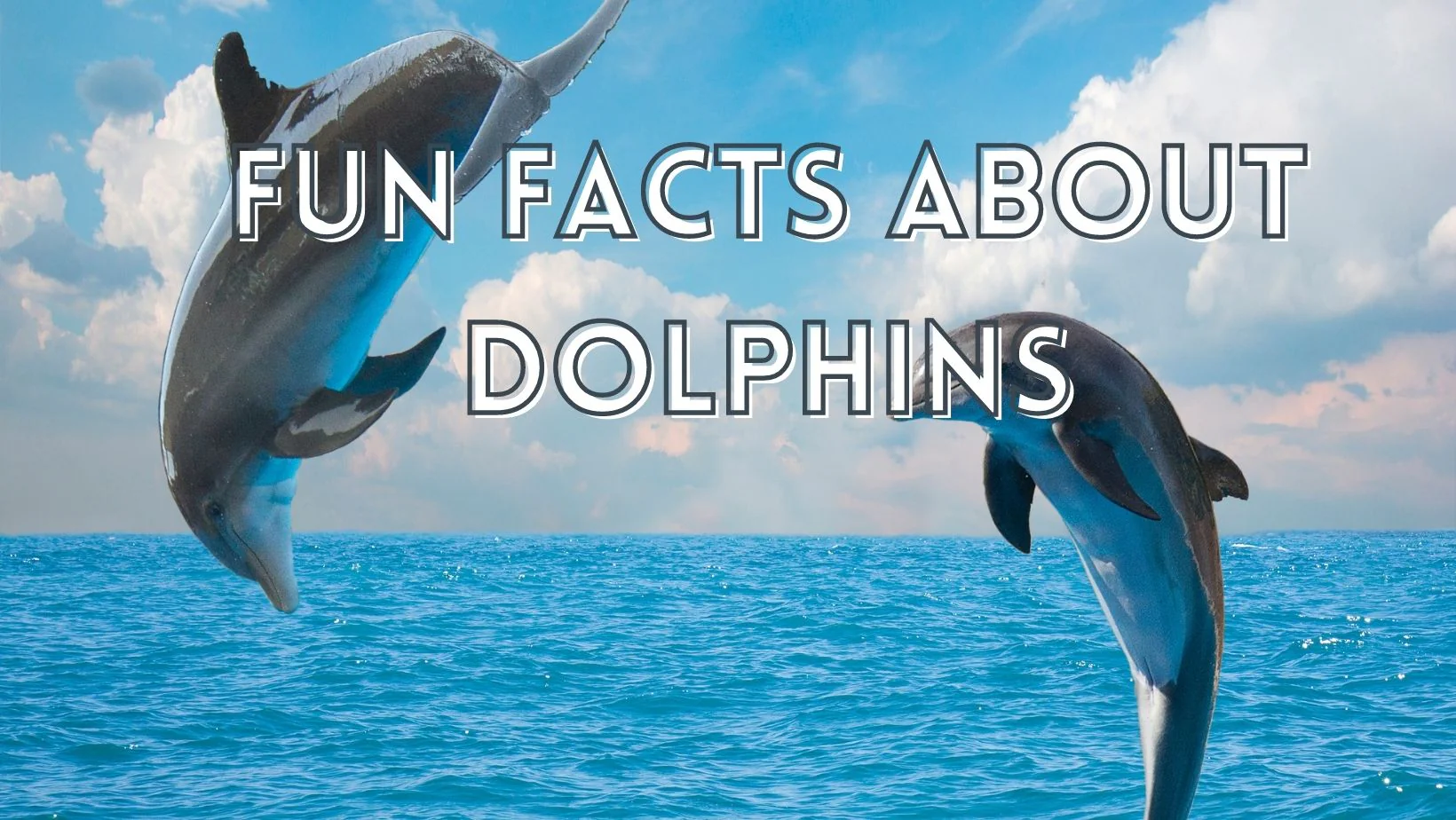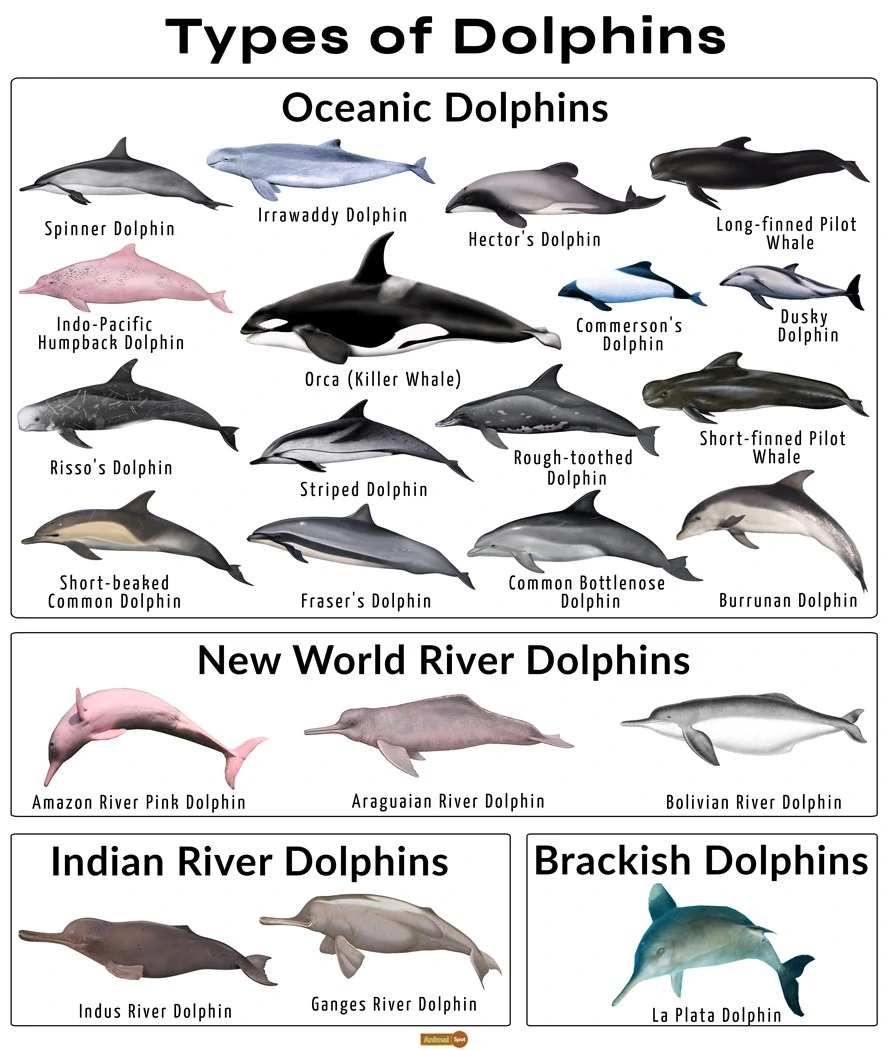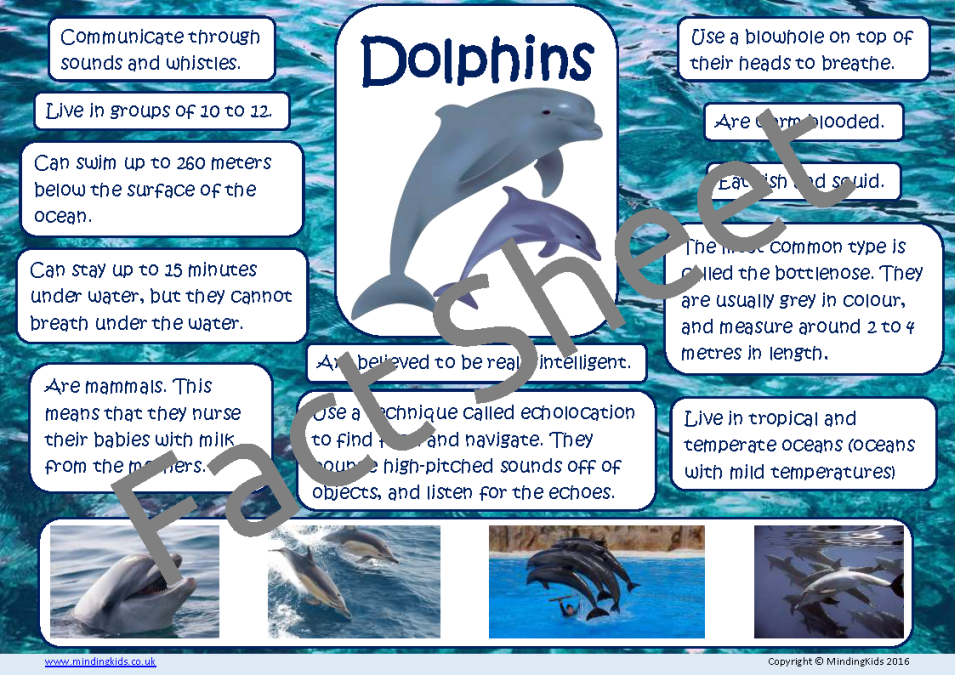Uncover Surprising Dolphin Facts That Emphasize Their Playful Nature
Uncover Surprising Dolphin Facts That Emphasize Their Playful Nature
Blog Article
Introduction Dolphin Information: Nature's Intelligent Marine Mammals
Dolphins, usually considered as among the ocean's most smart occupants, display a fascinating selection of habits and social structures that warrant closer assessment. With over 40 distinct varieties, these marine creatures not only show amazing interaction abilities and facility social interactions yet also possess sophisticated cognitive capabilities that challenge our understanding of non-human intelligence. Dolphin Facts. As we check out the subtleties of their lives, one must take into consideration how these characteristics influence their communications with humans and the pressing importance of conservation. What ramifications do these understandings hold for our relationship with these remarkable animals?
Dolphin Variety Variety
Dolphins are a diverse group of marine mammals belonging to the family Delphinidae, which incorporates over 40 unique varieties. This family members includes well-known species such as the typical bottlenose dolphin (Tursiops truncatus), the orca or killer whale (Orcinus orca), and the risso's dolphin (Grampus griseus) Each types displays unique physical qualities, habits, and adjustments that allow them to grow in numerous marine atmospheres.
Dolphin varieties vary dramatically in dimension, varying from the little Maui's dolphin (Cephalorhynchus hectori) at about 1.2 meters to the whale, which can get to sizes of up to 9 meters. Their pigmentation additionally differs, with some species displaying striking patterns that assist with camouflage or social signaling. Additionally, dolphins occupy diverse environments, from coastal regions and estuaries to the open ocean, showcasing their adaptability.
Research into dolphin species variety highlights the eco-friendly relevance of these creatures, as they play essential roles in aquatic ecological communities. Recognizing the numerous varieties is necessary for conservation efforts, as several deal with risks from environment air pollution, climate, and loss adjustment, requiring targeted protection steps to ensure their survival.
Social Frameworks and Actions
The intricacy of dolphin species is mirrored in their complex social structures and actions. Dolphins are understood for their highly social nature, typically forming groups called skins, which can range from a few individuals to over a hundred. These husks are typically made up of relative, showcasing a matrilineal framework where females play a central duty in supporting and maintaining social bonds children.

In addition, some types of dolphins, such as orcas, show complicated social behaviors that can consist of sub-pods or clans with unique cultural practices. These social frameworks are critical for the survival and health of dolphin populaces, as they promote interaction, teamwork, and the transmission of knowledge throughout generations. Comprehending these social characteristics is crucial for conservation initiatives and the protection of their all-natural habitats.
Interaction Techniques
Amongst the various techniques of interaction, dolphins use a sophisticated variety of communication methods that facilitate social communication and coordination within their pods. These methods encompass vocalizations, body movement, and echolocation, each serving unique features in their social interactions.
Dolphins generate a variety of clicks, whistles, and pulsed sounds, which function as their primary singing interaction. Each dolphin has a distinct trademark whistle, comparable to a name, that allows individuals to recognize one another even in big teams. These vocalizations can communicate numerous messages, such as alerting others to risk or working with team movements throughout searching.
Along with vocalizations, body language plays a crucial function in dolphin interaction. Dolphin stances, such as leaping, spinning, and even refined changes in orientation, communicate emotions and intentions. Hostile displays may prevent competitors, while lively habits can improve social bonds - Dolphin Facts.
Echolocation, a biological sonar system, further aids in navigating and searching. By discharging acoustic waves and interpreting the returning echoes, dolphins can find victim and challenges successfully, showing their exceptional flexibility in intricate aquatic atmospheres. Jointly, these communication methods underscore the intricate social lives of dolphins, highlighting site their intelligence in browsing their undersea globe.

Knowledge and Issue Solving
Acknowledged for their advanced interaction skills, dolphins also display remarkable knowledge and analytic capabilities that further improve their social interactions. Their cognitive abilities are evidenced by their capacity to find out complex jobs, recognize abstract concepts, and adjust to various environmental obstacles. Research has actually revealed that dolphins can resolve detailed puzzles, demonstrating not just their cognitive adaptability but likewise their ability for planning and foresight.
Dolphins commonly participate in cooperative hunting approaches, showcasing their ability to work as a natural system. This teamwork needs innovative analytical abilities, as they must assess their setting, determine potential victim, and coordinate their actions to attain a common goal. Furthermore, dolphins have actually been observed utilizing devices, such as aquatic sponges, to protect their noes while foraging on the sea flooring, additional exemplifying their ingenious analytical capabilities.

Human-Dolphin Interactions
Human-dolphin interactions have captivated researchers and enthusiasts alike, highlighting the complex connection in between these intelligent marine mammals and human beings. From ancient times, dolphins have actually been illustrated in art and folklore, representing harmony and intelligence (Dolphin Facts). Modern interactions vary from clinical research study and conservation initiatives to recreational tasks like dolphin swimming and viewing with dolphins
Research has shown that dolphins possess progressed social structures and interaction abilities, which promote their interactions with people. These encounters frequently cultivate psychological links, with many websites people reporting sensations of delight and empathy throughout such experiences. Nonetheless, it is necessary to come close to these interactions with caution, as human activities can try this out disrupt dolphin habits and environments.
Conservation campaigns increasingly concentrate on promoting liable communications, making sure that human interest does not compromise dolphin well-being. Education programs aim to raise awareness concerning the environmental relevance of dolphins, highlighting the requirement for lasting techniques. By understanding the complex characteristics of human-dolphin interactions, we can cultivate a considerate coexistence that profits both types and preserves marine ecosystems for future generations. Ultimately, these communications offer as a pointer of the extensive links that can exist between humans and the all-natural globe.
Conclusion
In recap, dolphins exemplify amazing knowledge and flexibility within diverse marine atmospheres. Proceeded study and awareness are necessary for fostering a deeper understanding of dolphins and promoting their well-being in an increasingly endangered ecological community.
Dolphin types differ significantly in size, ranging from the little Maui's dolphin (Cephalorhynchus hectori) at about 1.2 meters to the whale, which can reach lengths of up to 9 meters. Dolphins show a variety of social communications, including grooming and physical contact, which serve to strengthen connections and develop power structures.
Recognized for their advanced communication skills, dolphins likewise display exceptional knowledge and analytic abilities that further enhance their social communications. Modern interactions vary from clinical research study and conservation initiatives to leisure activities like dolphin viewing and swimming with dolphins.
Study has actually demonstrated that dolphins possess progressed social frameworks and interaction abilities, which facilitate their interactions with humans.
Report this page